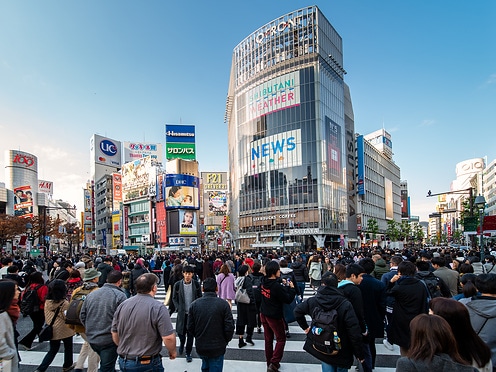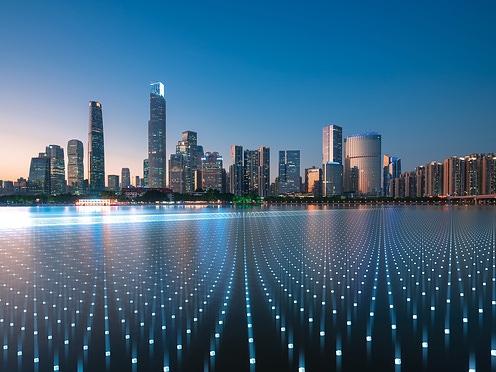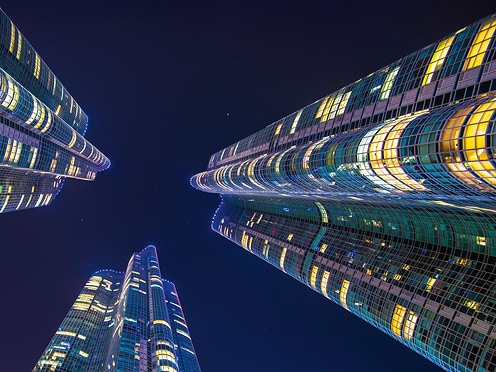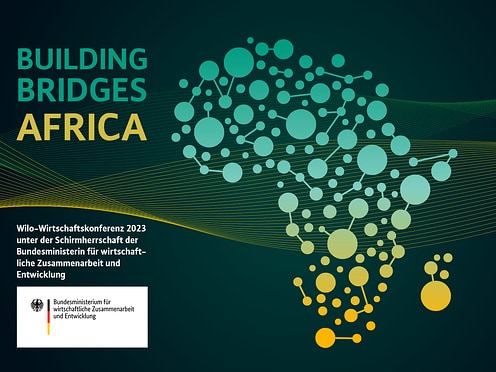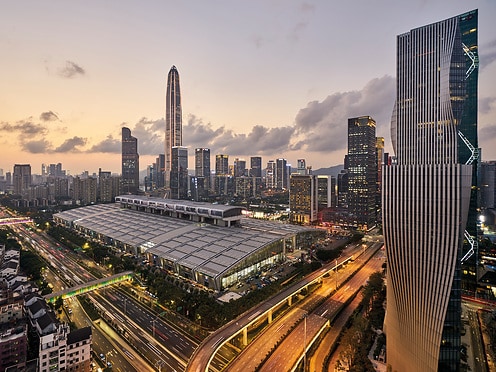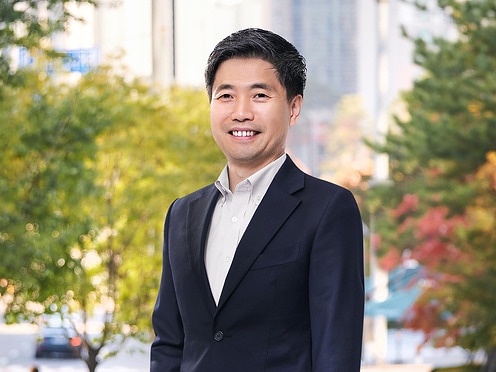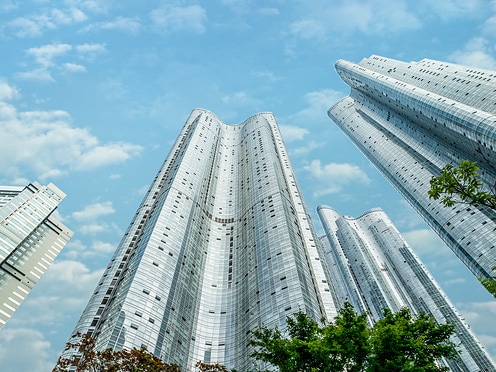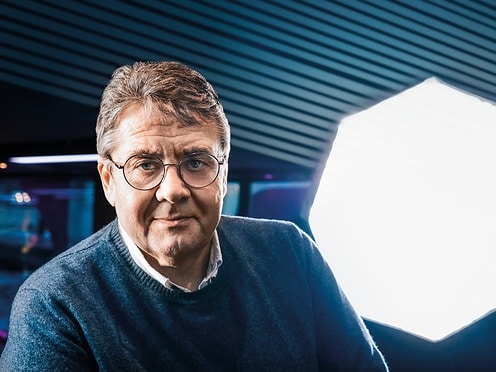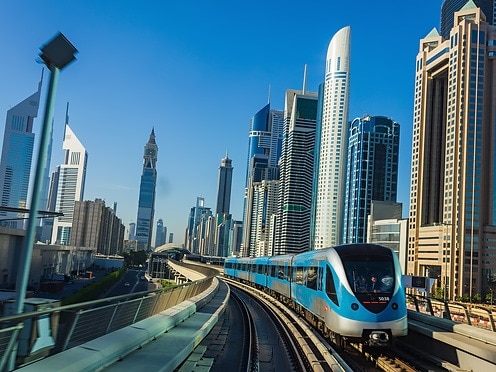Smart City Singapore: understanding the Megatrends’ impact in urban areas
This article features:
In an increasingly urbanised world, the essence of progress lies in how cities evolve. By 2050, a projected 70 per cent of the global population will call cities home. This growth in urban dwellers will result in the creation of new cities across Southeast Asia, Central Asia, China, Africa, and the Middle East. Naturally, the world will also see a rise in demand for digitally advanced cities – cities equipped with smart infrastructure that meet the ever-changing needs of their urban communities.
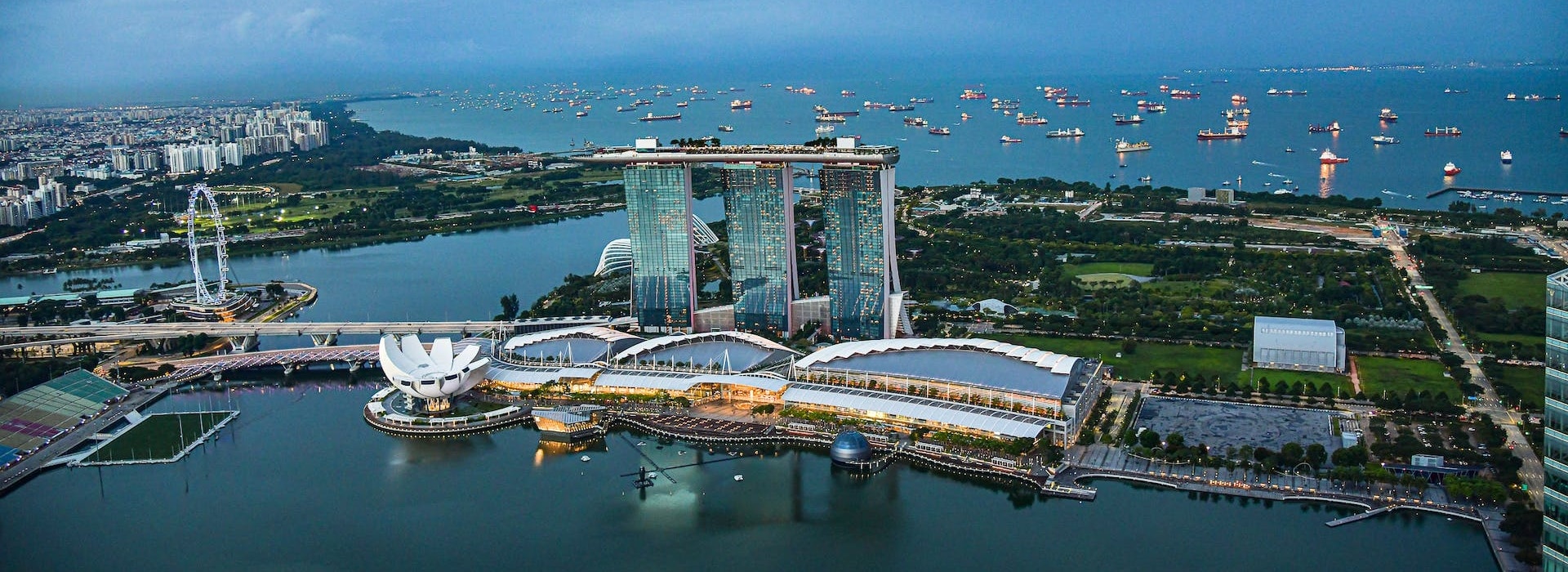
One such example is Singapore: a beacon among smart cities and renowned for its success in seamlessly integrating cutting-edge technology into everyday life. It is inspiring to see how the city has grown to become an urban living laboratory that brings experts from different areas of focus together to develop urban solutions for smart cities of the future. As a company committed to advancing urbanisation through collaboration across sectors and borders, it made perfect sense for the Wilo Group to host our 2023 industry conference in Singapore. This gave us the opportunity to merge our expertise and network as a digital pioneer in the sustainable water industry with Singapore’s ambition to advance green growth in the region.
Five Megatrends that Contextualise Urban Transformation
The themes for the Wilo Group Industry Conference 2023 were anchored by five megatrends that not only steer our strategic compass, but also the evolution of smart cities like Singapore.
1. Urbanisation
The percentage of people living in urban areas is expected to grow from 50 per cent in 2022 to 70 per cent by 2050. Alongside this growth, the number of megacities around the world is also estimated to rise from 33 in 2022 to 47 by 2050. This wave of urban migration makes it important for current cities to ensure that ageing infrastructure is upgraded to meet the needs of growing urban populations in smart and efficient ways. However, many newly developed greenfield smart cities already approach infrastructure planning in a strategic manner.
Singapore has undergone a remarkable transformation since its independence in 1965, going from an entrepot to the world-class smart city that it is today. It adopts a long-term approach to urban planning, which allows the city to create a quality living environment that is based on evolving trends and changing demands.
2. Water Shortage
Issues around water scarcity loom over urban areas and an estimated 2.4 billion urban dwellers will be impacted by 2050. To manage this, investments amounting to around 11,700 billion US-dollars are required to improve water infrastructure and utilities over the next 20 years.
The good news is that the world can learn from cities like Singapore, that are using smart systems to address water shortage issues. The city-state’s NEWater process is an industry marvel that recycles treated used water into ultra-clean, high-grade reclaimed water.
3. Globalisation 2.0
By 2050 the middle class will double and we will see a rise in expectations around standards of living and greater population shifts towards cities. These changes will result in a more interconnected, complex, and competitive world economy. However, the recent geopolitical landscape has seen a shift towards decoupling of economies, which may limit progress.
Singapore has been successful in actively embracing globalisation by fostering an open economy, welcoming international talent, positioning itself as a regional hub for innovation and leveraging digital strategies to promote economic integration and growth alongside other nations.
4. Climate Change
Cities stand at the forefront of climate change as they contribute 70 per cent of global carbon emissions. With 90 per cent of urban areas sitting close to coastlines, they face an imminent threat from rising sea levels, extreme weather events, and the specter of natural disasters.
As a low-lying island with 30 per cent of its land less than 5 meters above mean sea level, rising sea levels pose a major threat to Singapore. Urban areas also tend to be warmer due to the replacement of natural land cover with buildings and infrastructure that retain or produce heat. This leads to a vicious cycle as higher annual temperatures can lead to heat stress and a greater use of air-conditioning, which increases Singapore’s energy demands and results in higher domestic carbon emissions. To manage these threats, the city-state launched the Singapore Green Plan 2030 to galvanise a whole-of-nation movement and advance its national agenda on sustainable development.
5. Energy Shortage
Energy demand in Africa, the Middle East and Asia will double from now until 2050, with most of this demand coming from cities. Zooming into the water industry – a critical pillar of support for communities – 10 per cent of electrical energy worldwide is consumed by pumps, and a whopping 90 per cent of current pumps are outdated energy guzzlers.

Pumps are responsible for around a tenth of global electricity consumption. Many of these systems are old and inefficient. Replacing them offers enormous savings potential.
Revolutionary solutions like high efficiency smart pumps can consume a lot less energy, communicate with other components in a water management system and allow for predictive and remote maintenance. These smart pumps are also a critical component in sustainable district cooling systems that are implemented in Singapore’s Marina Bay District and the upcoming Jurong Innovation District.
Paving the Way Ahead
To manage the intricacies posed by these five urban megatrends, cities must harness the power of digitalisation to engineer sustainable infrastructure solutions that can meet resource demands while curbing emissions.
While Singapore’s success has been inspiring, there is no single model of sustainable development that works for all countries. Each country must adopt strategies that fit their specific circumstances and priorities.
Embracing digital solutions makes cities more attractive for investors, businesses, visitors and residents.
At Wilo, our suite of digital solutions and “region-for-region” approach allows us to provide cities with tailored solutions that help balance their sustainable growth ambitions with country-specific needs.
With exciting projects in established smart cities like Singapore, New York, Barcelona, and Busan, as well as emerging smart cities like New Tashkent City and New Capital Nusantara, we look forward to witnessing every city’s continued evolution.
Maintaining connections with industry pioneers and public sector decision makers remains pivotal for the Wilo Group. At the Singapore industry conference in 2023, we brought together a remarkable network of partners across various sectors like artificial intelligence, energy, chemicals, and urban planning.
The discussions that revolved around the indispensable role of digitalisation were especially inspiring. As we eagerly anticipate our next gathering in London, we hope to further catalyse these partnerships and enable smarter, more connected, and sustainable cities around the world.

